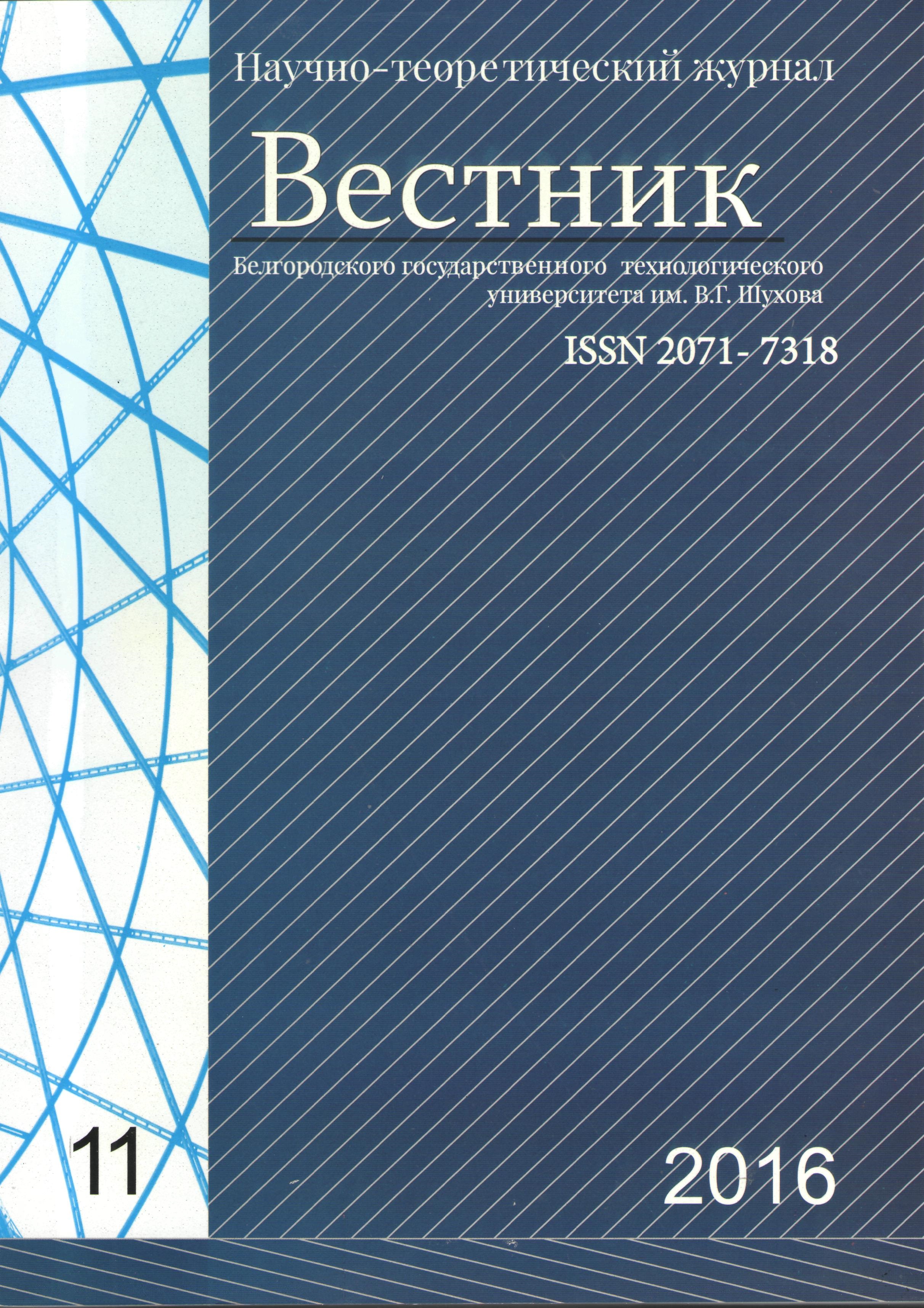Белгород, Белгородская область, Россия
В статье представлена информация о механизме возникновения пластической усадки в ранние сроки твердения, ее действии на цементный камень и способы ее сокращения. Установлено, что эффективным средством сокращения пластической усадки является использование суперабсорбирующих полимеров в качестве накопителей влаги с последующей ее отдачей. Определенно влияние суперабсорбирующих полимеров на технологические и физико-механические свойства цементного камня с учетом размера зерен исследуемых добавок. Размер зерен суперабсорбирующих добавок является важным параметром, оказывающим значительное влияние, как на физико-механические показатели, так и на пластическую усадку цементного камня.
пластическая усадка, гидратация цемента, капиллярное давление, суперабсорбирующие полимеры.
1. Лесовик В.С. Геоника (геоммиметика). Примеры реализации в строительном материаловедении: монография. Белгород: Изд-во БГТУ. 2014. 196 с.
2. Лесовик В.С., Володченко А.А. К проблеме техногенного метасоматоза в строительном материаловедении // Вестник БГТУ им.В.Г.Шухова. 2015. №4. с. 38-41.
3. Slowik V., Schmidt M., Fritzsch R. Сapillary pressure in fresh cement-based materials and identification of the air entry value // Cement and concrete composites. 2008. № 30. P. 557-565.
4. Wittmann F.H. On the action of capillary pressure in fresh concrete // Cement and concrete research.1976. №6, Р. 49-56.
5. Sivakumar A., Santhanam Manu. A quantitative study on the plastic shrinkage cracking in high strength hybrid fibre reinforced concrete // Cement and concrete composites. 2007. №7(29) P. 575-581.
6. Мещерин В.С. Высокопрочные и сверхпрочные бетоны: технологии производства и сферы применения [Электронный ресурс] / Стройпрофиль. 2008. №8(70) - Режим доступа: http://i-stp.ru/?nomer=8-08.
7. Schröfl C., Mechtcherine V., Gorges M. Relation between the molecular structure and the efficiency of superabsorbent polymers (SAP) as concrete admixture to mitigate autogenous shrinkage // Cement and concrete research. 2012. № 42. P. 865-873.
8. Justs J., Wyrzykowski M., Bajareb D., Lura P. Internal curing by superabsorbent polymers in ultra-high performance concrete // Cement and concrete research. 2015. №76.P. 82-90.
9. Lura P., Durand F., Jensen O.M. Autogenous strain of cement pastes with superabsorbent polymers, International RILEM Conference on Volume Changes of Hardening Concrete: Testing and Mitigation, RILEM Publications SARL, 2006. 57-65 RILEM Publications SARL.
10. Lura P. Autogenous deformation and internal curing of concrete. PhD thesis, TU Delft, The Netherlands. 2003.
11. Lura P., Durand F., Jensen O.M. Autogenous strain of cement pastes with superabsorbent polymers. In: Jensen OM, Lura P, Kovler K (eds) Proceedings of international RILEM conference on Volume Changes of Hardening Concrete: Testing and Mitigation, 20-23 August 2006. P. 57-66
12. Jensen O.M. Autogenous deformation and RH-change - self-desiccation and selfdesiccation shrinkage, PhD thesis, Technical University of Denmark, Denmark. 1993.
13. Dudziak L. Mitigating autogenous shrinkage of high-performance concrete by using Super Absorbent Polymers. PhD thesis, TU Dresden, Germany (in preparation). 2011.
14. Dudziak L., Mechtcherine V.: Reducing the cracking potential of Ultra-High Performance Concrete by using Super Absorbent Polymers (SAP). In: Van Zijl GPAG, Boshoff WP (eds) Proceedings of the international conference on Advanced Concrete Materials, 17-19 November 2009. P. 11-19.














